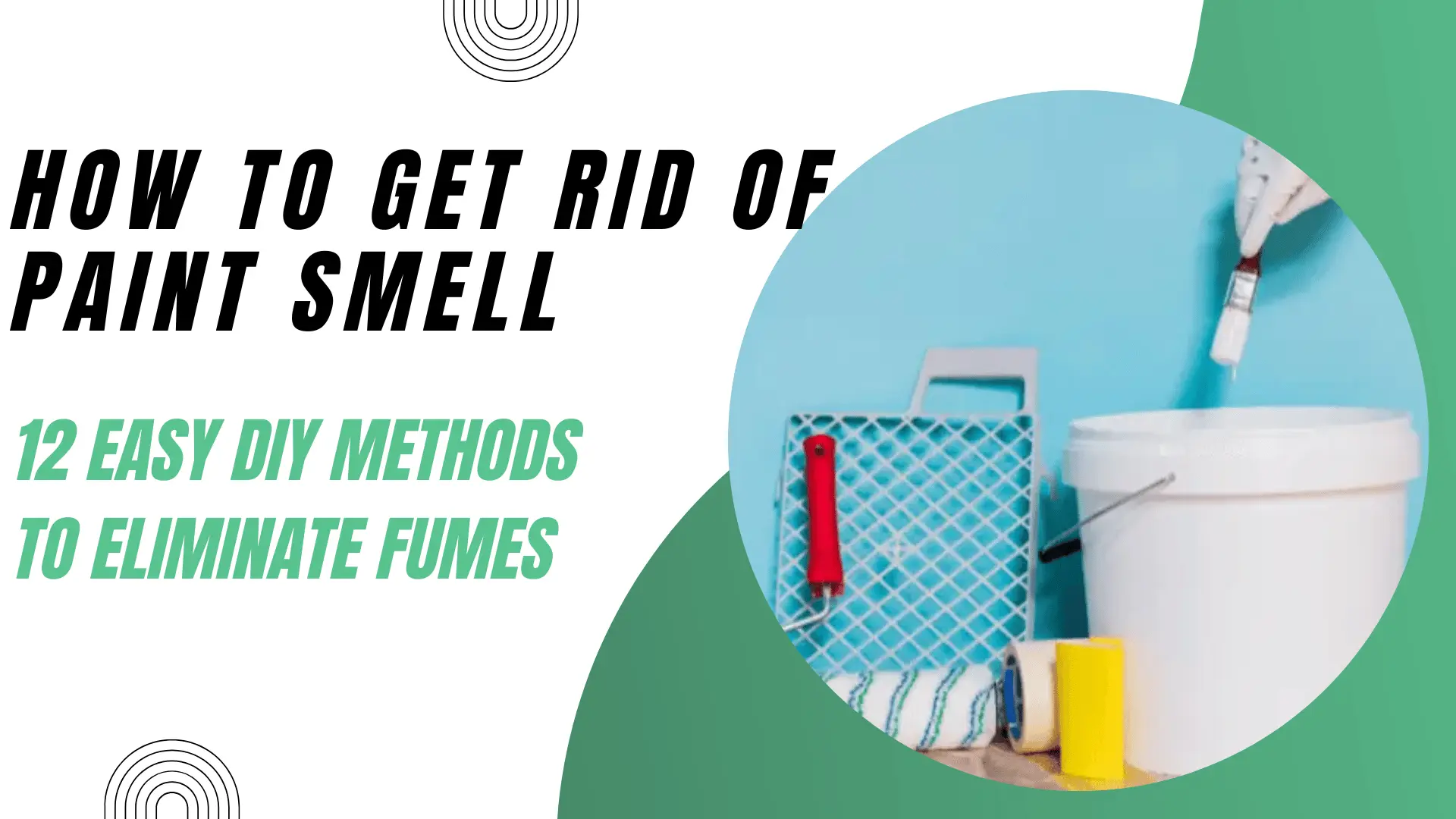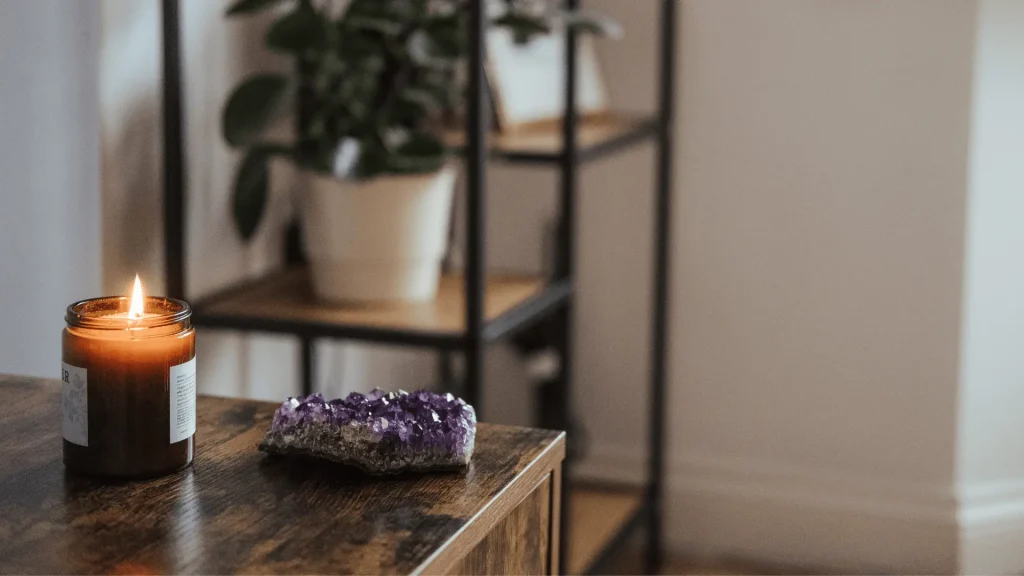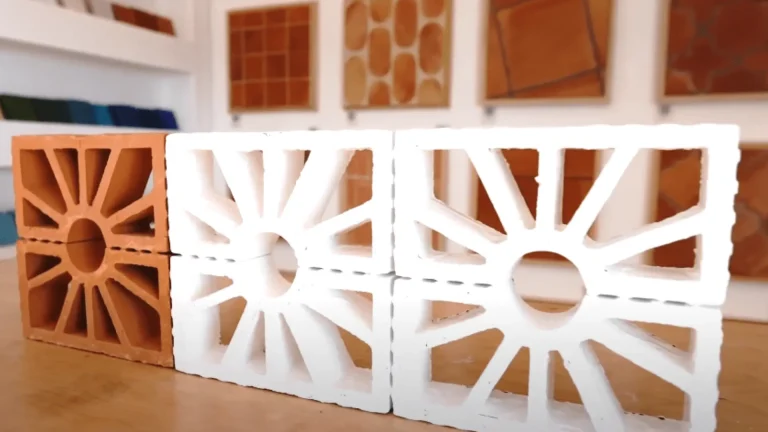How to Get Rid of Paint Smell: 12 Easy DIY Methods to Eliminate Fumes

DIY DOJO is reader-supported. We may earn an affiliate commission when you buy through links on our site. Find out more.
Do you want to know how to get rid of paint smell? The Worst First—A paint smell in your home. The odour is long-lasting, and it might take days or weeks before the paint smell vanishes from your home. One of the most annoying things is removing that paint smell you just painted.
This can be the cause of a few different reasons, things may have been wrong with the paint you used, or you almost certainly failed to put enough ventilation around the area where you painted. Also, you didn’t hang on long enough to do so, or only as bad; really, what I would say is maybe you did not remove the smell of paint afterward. This blog will discuss how you can ensure the smell is removed from your home.
How do I get rid of paint smell?
Like most people, you probably don’t enjoy the smell of paint fumes. Whether you’re painting your home or working on a professional project, it’s crucial to remove the paint smell as quickly as possible. Here we are going to share some effective methods of getting rid of fumes and throwing them outside your room. It did smell like paint quite a bit, so here are some posts on how to rid that smell.
Open all the doors and windows:
Ventilate your painting area and open the windows and door; paint needs to breathe. When done, close them up.
Keep your house ventilated:
Remember to keep the house ventilated throughout the painting process to remove paint smells from a room.
Place a fan in the room:

How To Get Rid Of Paint Smell: Place a fan in the room:
Place a fan in the room to help circulate the air. It will accelerate the drying process and also remove paint fumes from your house.
Use low-VOC paints:
The high VOC is the main culprit for that very strong paint smell. Then get low-VOC or no-VOC paints. Likewise, it lowers down release of fumes into the air.
Use Charcoal:
You can use charcoal to remove the paint smell; just place it in the room overnight, and in the morning, there will be no smell of fresh paint in the room or the painted area because it absorbs the paint fumes.
Use Baking soda:
Baking soda is also an excellent way to eliminate the paint smell. Like wood charcoal, sprinkle it over the painted area and leave it for a night. And boom, you’ll get results.
Use Candles:

How To Get Rid Of Paint Smell: Use Candles:
The irritated smell of the paint can be replaced with a scent you like. For that, you can use candles, as different scented candles are available to remove the paint smell.
Bowl of instant coffee:
Do you love the smell of coffee? If so, then what about having the smell of coffee all around the room? Get a bowl, add the instant coffee to it, and put it in the painted room to remove the smell of paint.
Use air purifiers:
The best way to remove fumes in newly painted rooms is by using air purifiers. Set up your air purifiers to remove the scent of the paint before painting.
Use lemon water:
Lemon Water Instead, refresh your painted room without the VOC! Both lemon and water together can change the scent of your room. Water absorbs smells, and lemon refreshes your room.
Use Vanilla Extract:
Vanilla extract has a strong vanilla odour that is sufficient to prevent a paint smell in the house. Use a few drops of the cotton and place it around the room.
Use a Bowl of vinegar:
The molecules in the white vinegar helps neutralize the molecules that contain a strong odour in the paint. Pour vinegar into the bowl and place the bowls around the room. And let the vinegar do its magic.
Still worried about the smell?
The last thing to do is just to wait. After a few hours, the smell should have dispersed, and there will be no paint smell left! Try painting outdoors if the weather permits. Following these tips lets you remove the paint smell quickly and enjoy your newly painted space.
If you are still concerned about the smell, wear a mask to prevent from inhaling the paint vapours, but don’t stress out the reason this is It is considered toxic to humans, but for the most part, it’s more of a stink than dangerous. However, if you are still concerned, or have a known allergy to an odor specifically, do some quick research.
For those looking to take their new plaster painting skills to the next level, “Unlocking The Secrets Of How To Paint New Plaster” offers expert advice on how to achieve a professional finish on this tricky surface.
Conclusion
The colourful application of paint upon walls can complement any home’s interior aesthetic, yet the volatile nature of such fluids necessitates prudent preparation. While eliminating odour seems like an obvious solution, the truest path lies in understanding and remedying its underlying sources.
Airborne pigmented particles exhaled from freshly applied coats ensure any attempts to simply mask the smell prove fleeting. Patience and allowing thorough drying remain key. For pressing needs, directed ventilation alongside absorbing mediums can gradually dissipate what lingers. Information hopes to prove helpful for all tackling do-it-yourself projects and transforming living spaces through creative expression.
Countless options exist when selecting paints, but considering each formulation’s chemical composition affects the intensity and longevity of released fumes. This knowledge can prepare homeowners for what awaits as walls take on new hues. Our aim in sharing is to empower others with insights for making informed choices regarding maintenance and home improvements.
FAQS:
If you’re dealing with peeling paint on your bathroom ceiling and want to repaint it with a low-odor option, check out our article on fixing bathroom ceiling paint peeling for helpful tips.





